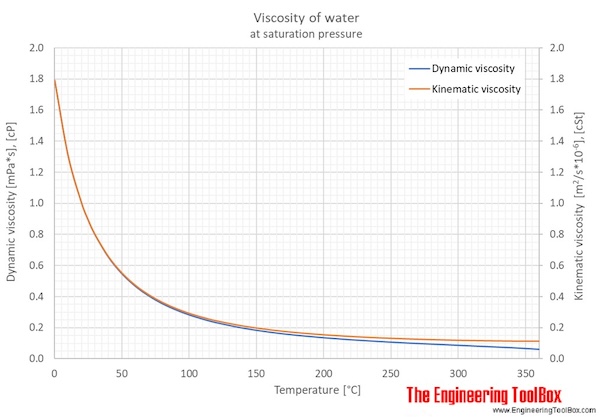

Room temperature ionic liquids are considered to have huge potential for practical applications such as batteries. The MORB source mantle with ∼0.02-0.04 wt% H2O may be indicative of the H2O content of the transition zone and lower mantle, resulting in a bulk mantle H2O content of the order 0.5 to 1 ocean mass, which is consistent with geochemical constraints and estimates of subduction ingassing. Box models of mantle circulation incorporating the upward mobility of partial melts above and below the transition zone suggest that the upper mantle becomes efficiently hydrated at the expense of the transition zone such that large differences in H2O concentration between the upper mantle, transition zone and lower mantle are difficult to maintain on timescales of mantle recycling. Our results indicate that if melting occurs when wadsleyite transforms to olivine at 410 km, melts will be buoyant and ponding of melts is unexpected. Hydrous partial melts will also be highly inviscid. Our results show that these melts will be positively buoyant at the upper and lower boundaries of the mantle transition zone except in very iron-rich compositions, where ≳ 75% Mg is substituted by Fe. On the basis of phase relations in the MSH system, primary hydrous partial melts of the mantle have 40-50 mol% H2O. We report ab initio atomistic simulations of hydrous silicate melts under deep upper mantle to shallow lower mantle conditions and use them to parameterise density and viscosity across the ternary system MgO-SiO2-H2O (MSH). The soil water density functions of a silty soil and a bentonite clay predicted by the proposed framework matched well with that measured independently from the conventional consolidation testing, validating the framework to determine the spatial distribution of the adsorption-induced pore-water pressure in soil. In expansive clay, the adsorption-induced pore-water pressure inside the crystalline lamellae can exceed 800 MPa. In clayey soil, the adsorptioninduced pore-water pressure can sustain tens of megapascals even at much farther distance, equivalent to ∼30% water content. It is demonstrated that the adsorption-induced pore-water pressure can be up to 1.6 GPa in the first few layers of hydration, but will diminish to zero at a distance equivalent to the gravimetric water content >1% for sandy soil and greater than a few percent for silty soil. A framework of quantifying the adsorption-induced pore-water distribution via the measured soil water isotherm is presented for any soil type under any given water content. The adsorption-induced pore-water pressure is always compressive and dictates the water phase transition in soil by altering water’s freezing point, density, and viscosity, among other physical properties. The third one can be called adsorption-induced pore-water pressure and is localized within a certain distance to the particle surface of soil or intercrystalline surface of swelling clay. The former two form the conventional concept of pore-water pressure, which is considered a constant within a soil-water-air representative elementary volume and can be directly measured by piezometer (under saturated and compressive states) or tensiometer (under unsaturated and tensile states). Pore-water pressure in soil is caused by three physically distinguishable sources: ambient (environmental) pressure, surface tension–induced capillary pressure, and the soil’s electromagnetic potential–induced adsorptive pressure. Results suggest that internal pressure is an important consideration in studies of the physics and chemical evolution of nanoparticles. Viscosity increases for organic liquids but decreases for viscous or solid particles. Some reactions are enabled by the elevated pressure in particles. Effective rate enhancements are ranked as: cycloadditions > aldol reactions > epoxide reactions > Baeyer‐Villiger oxidation > imidazole formation (which is inhibited). Reactions of peroxide, epoxide, furanoid, aldol, and carbonyl functional groups are accelerated by up to tenfold.

Insights from high‐pressure synthesis studies suggest that accretion and cyclization reactions are accelerated in 3–10‐nm particles smaller than 10 nm. In this work, liquid drop formalisms are coupled with high‐pressure transition state theory to formulate an expression for predicting the size‐dependence of aerosol reaction rates and viscosity. The role of interfacial phenomena in condensed‐phase aerosol reactions remains poorly understood. Aerosol chemistry has broad relevance for climate and global public health.


 0 kommentar(er)
0 kommentar(er)
